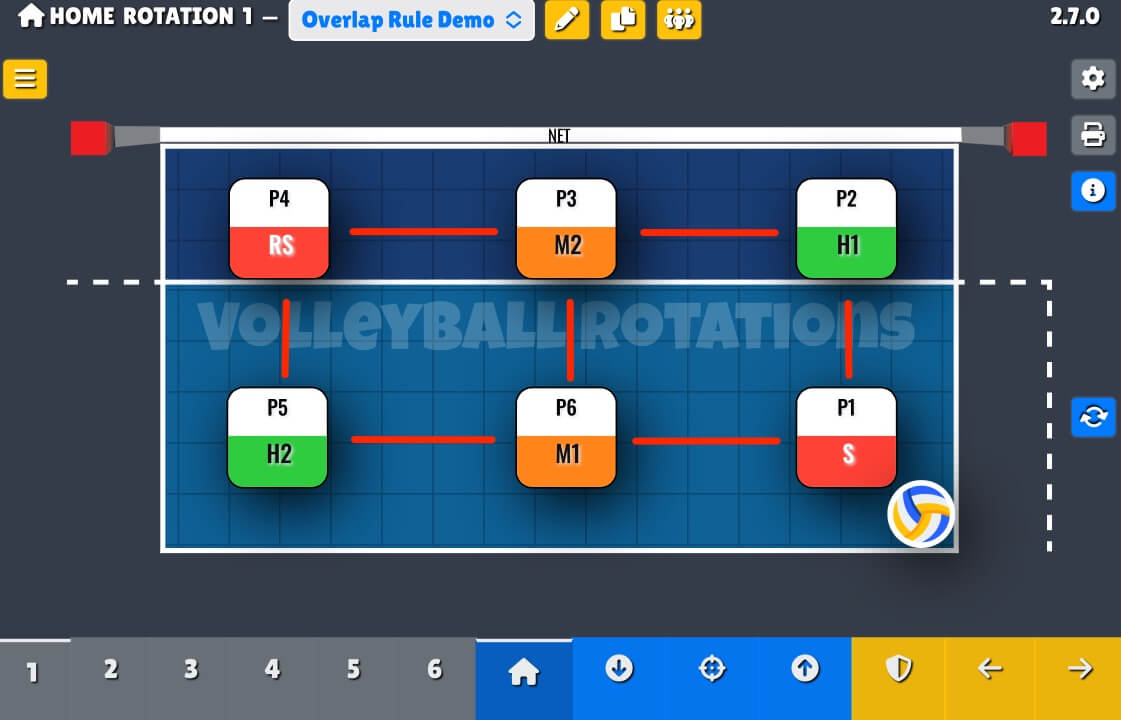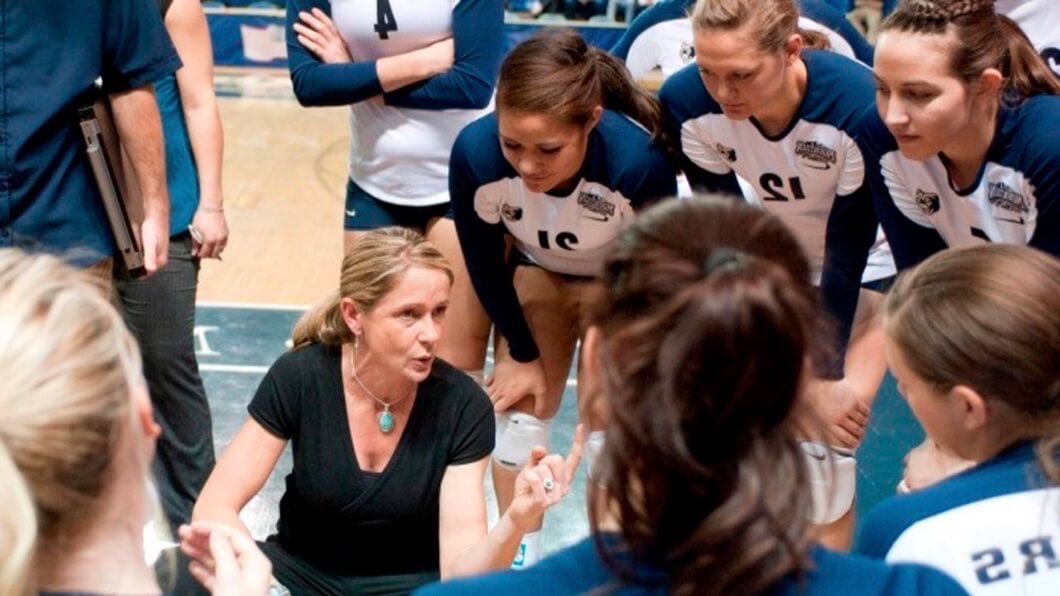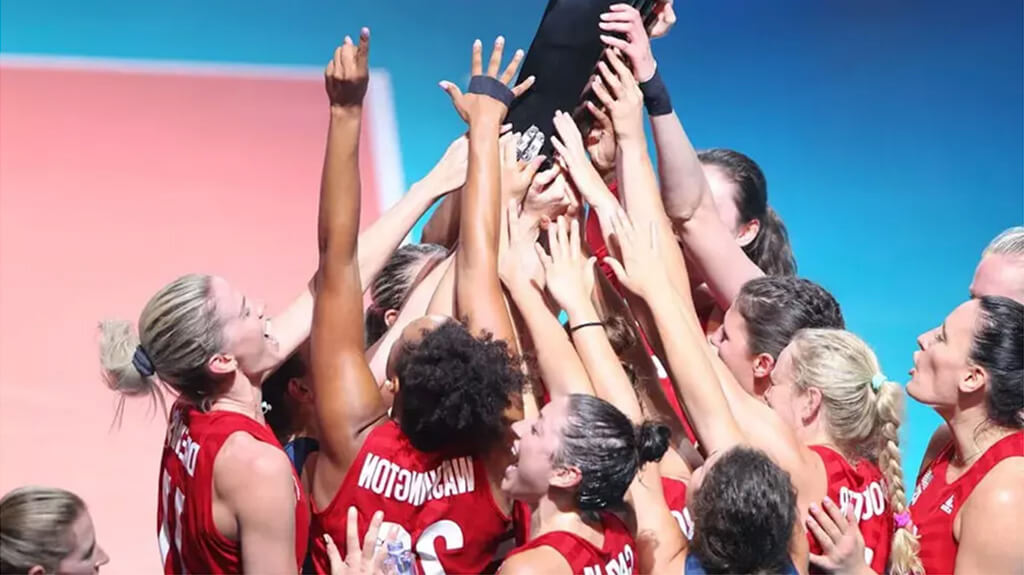
Understanding and using the right volleyball rotations is essential for the success of your team as a coach. The right rotations will help your team communicate well and function as a unit while also allowing your players to cover the most ground on the court and give the best ball coverage possible. In this post, we’ll examine the fundamentals of volleyball rotations and offer coaches some advice on how to enhance their team’s performance on the court.
Let’s first go through the fundamental components of a volleyball six-player rotation. There are three back row positions (left back, middle back, and right back) and three front row positions (left front, middle front, and right front) . These roles are established by the location of the ball and the players’ abilities and responsibilities.
When setting up your rotations, there are several factors to consider. These include:
- The strengths and weaknesses of each player: It’s important to put players in positions where they can use their strengths and compensate for their weaknesses. For example, a player with strong hitting skills might be best suited for a front row position, while a player with excellent defensive skills might be better suited for a back row position.
- The location of the ball: Players should position themselves based on where the ball is likely to go next. For example, if the ball is being hit towards the left side of the court, the left back player should be ready to cover that area.
- The opposing team’s strengths and weaknesses: Coaches should consider the abilities of the opposing team when setting up their rotations. For example, if the opposing team has a strong middle front player, coaches might choose to place their strongest middle back player in that position to counter that threat.

It’s also important to be flexible and adapt your rotations as needed during the course of a game. The situation on the court can change quickly, and it’s up to the coach to adjust the rotations as needed to best cover the court and exploit the weaknesses of the opposing team.

In conclusion, understanding and utilizing proper volleyball rotations is crucial for the success of your team. By considering the strengths and weaknesses of your players, the location of the ball, and the abilities of the opposing team, and by being flexible and adapting your rotations as needed, you can help your team maximize its coverage of the court and achieve success on the court.